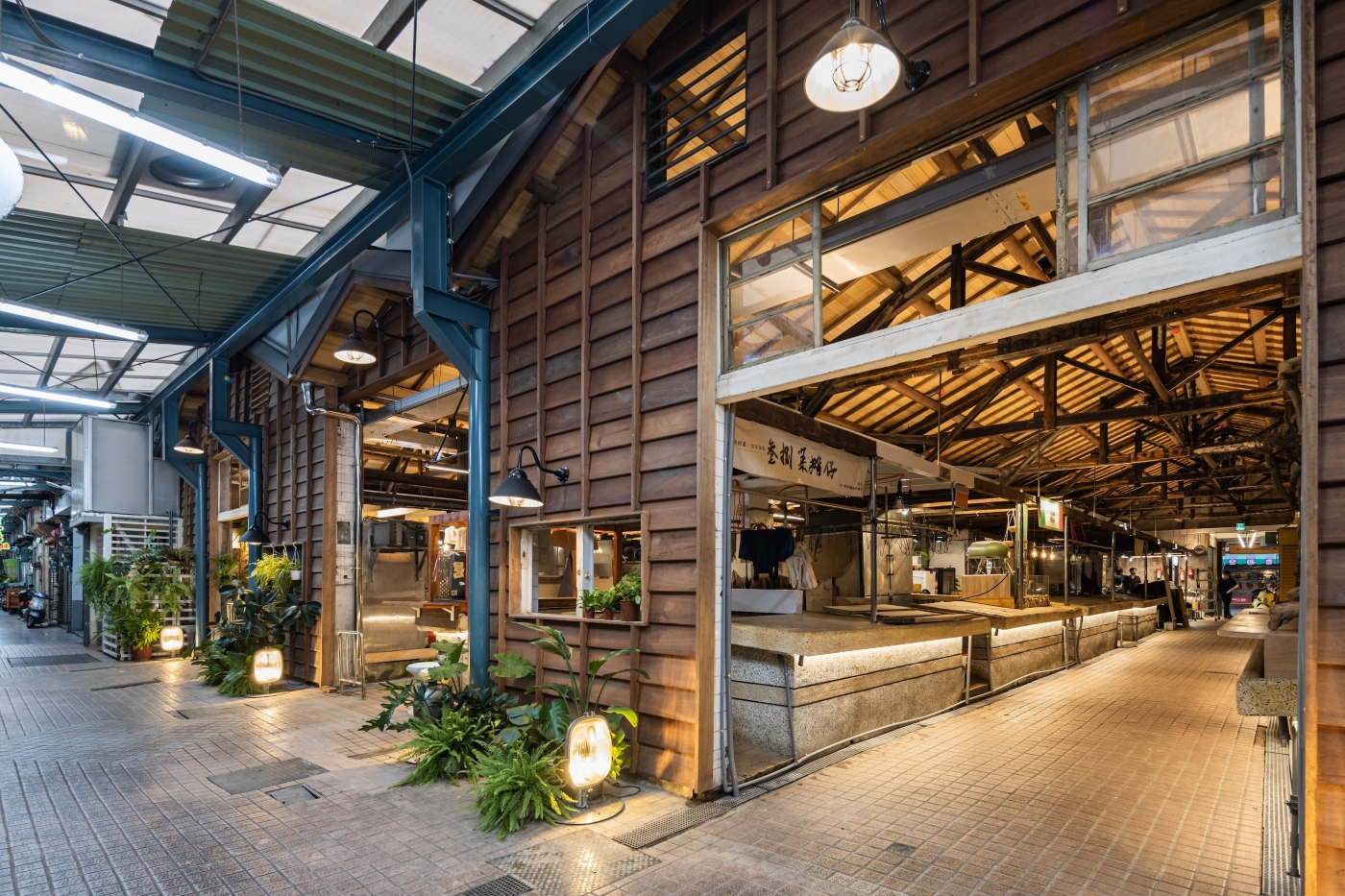In the heart of Tehran, Iran, lies a magical oasis known as Pomme Garden, a creation by Olay Studio under the guidance of lead architect Maryam Salami. This enchanting space combines bohemian aesthetics with natural elements, turning a wooded garden with willow trees into a picturesque setting for weddings and parties.
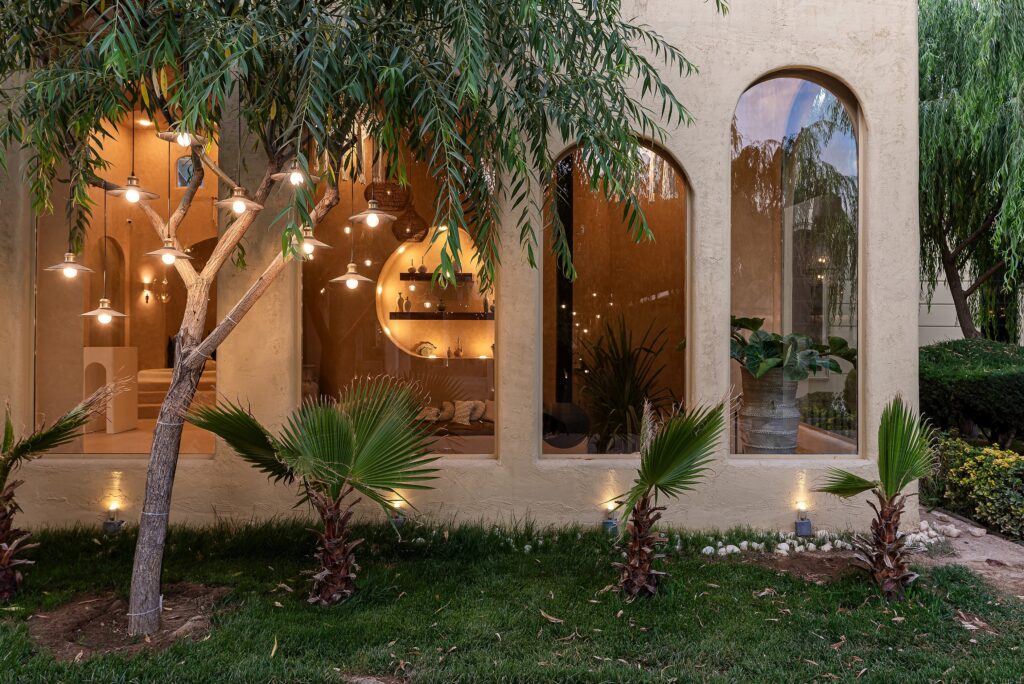
The design process of Pomme Garden unfolded in three distinct parts, each serving a unique purpose. The challenge was to infuse a bohemian style into a site dominated by classical structures. The first part featured rented sheds for various uses, discreetly hidden behind a stone wall with a wooden door, inviting visitors to enter another world. The second part included halls, an existing office building, and a new tent, all painted in harmony to eliminate visual contrasts. The third part boasted a parking lot, a workers’ room, and a fruit garden, all adorned with bohemian flair.
A central cement path adorned with water-proof color winded its way through the garden, connecting different spaces. Cement pergolas, embellished with chandeliers and signposts, provided a whimsical touch. A carefully crafted fountain, designed with hand-made cream paint on white cement, added a mesmerizing element, breaking the uniformity of the green path.
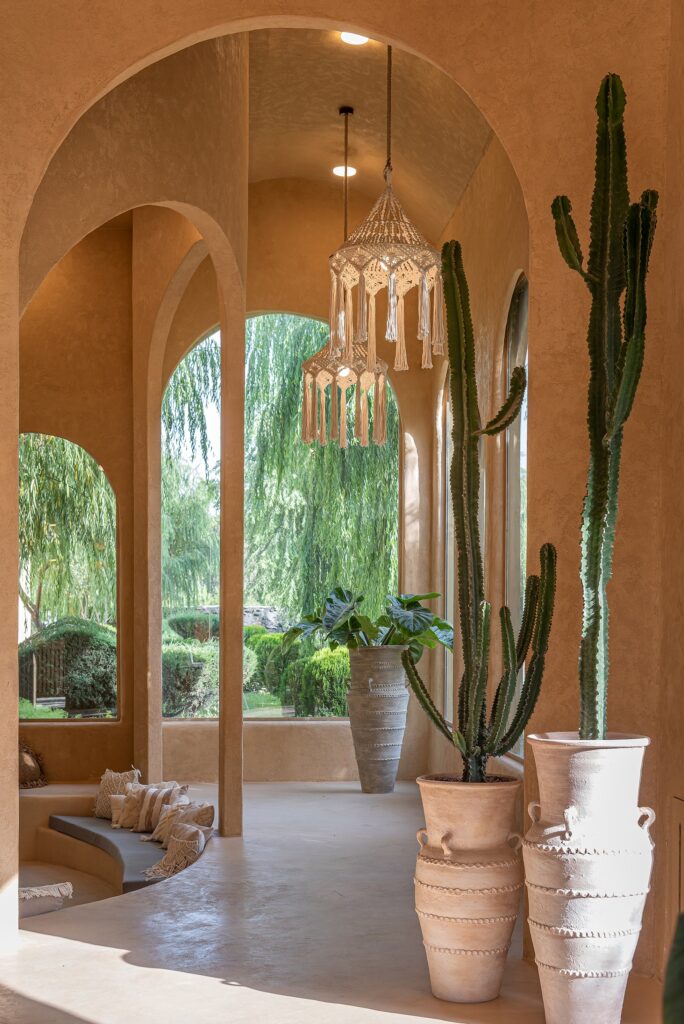
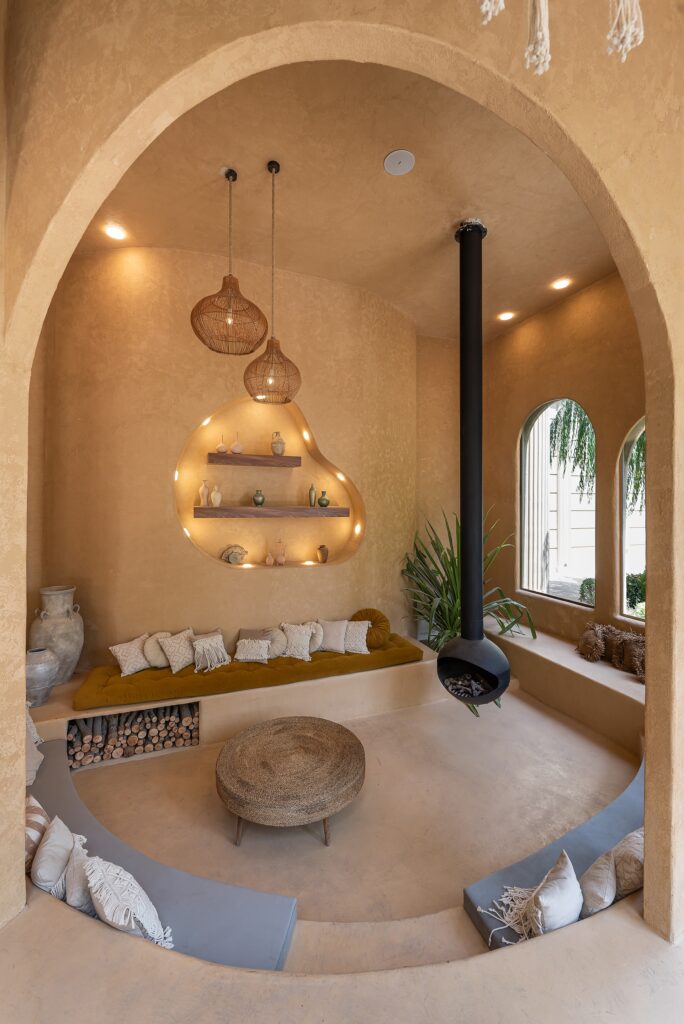
The lobby building, strategically placed between the halls, served as a prelude to the main event. With elongated arches, tall windows, skylights, and a combination of various arched roofs, the lobby exuded grandeur. The monochromatic space, adorned with bohemian accessories, wooden beams, chandeliers, and tropical plants, fulfilled the client’s goals of creating an attractive entrance, serving guests during ceremonies, and providing a decorative photo space.
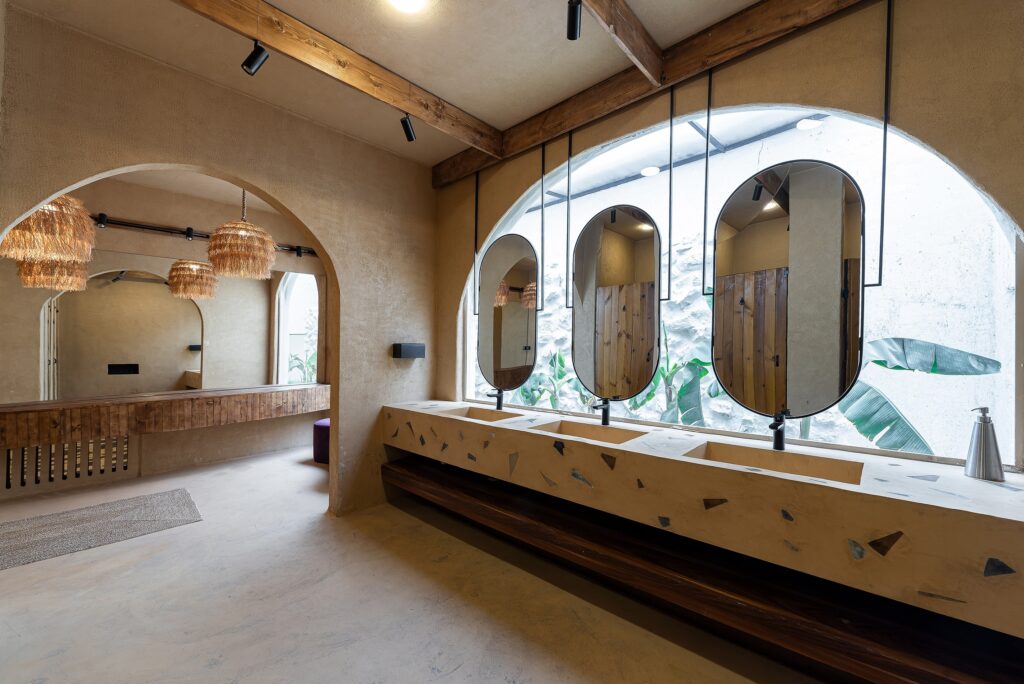
Positioned in front of the lobby and service building, the open-air coffee shop provided a panoramic view of the surroundings. The bohemian style was preserved through a combination of cement texture, white waterproof paint, wicker accessories, and lush greenery. The space, seamlessly integrated with pergolas and living areas, became a boho haven.
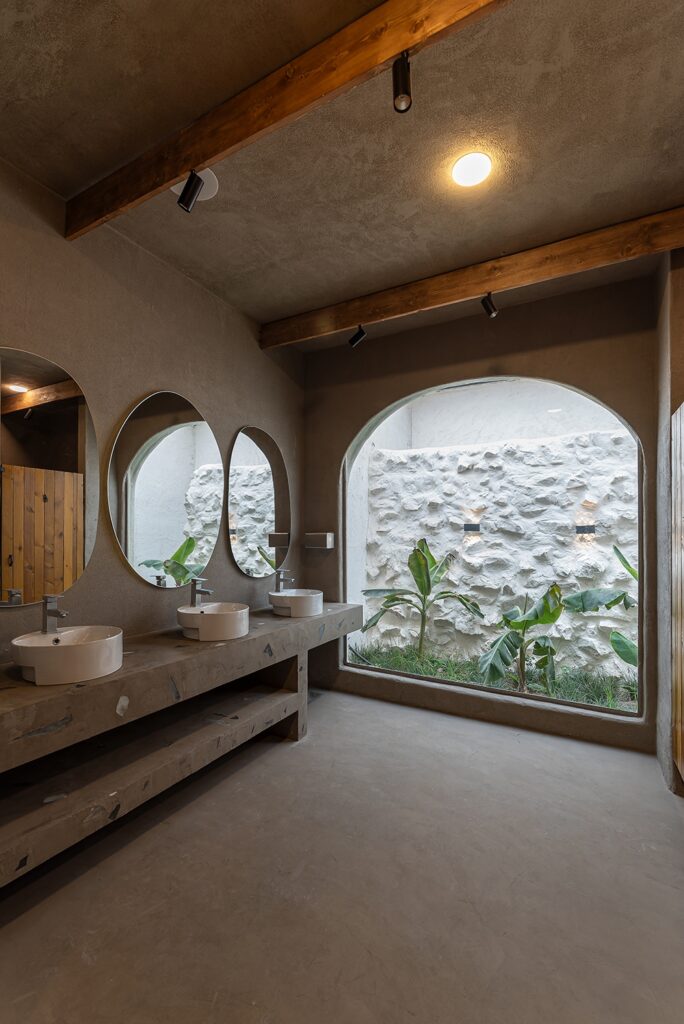

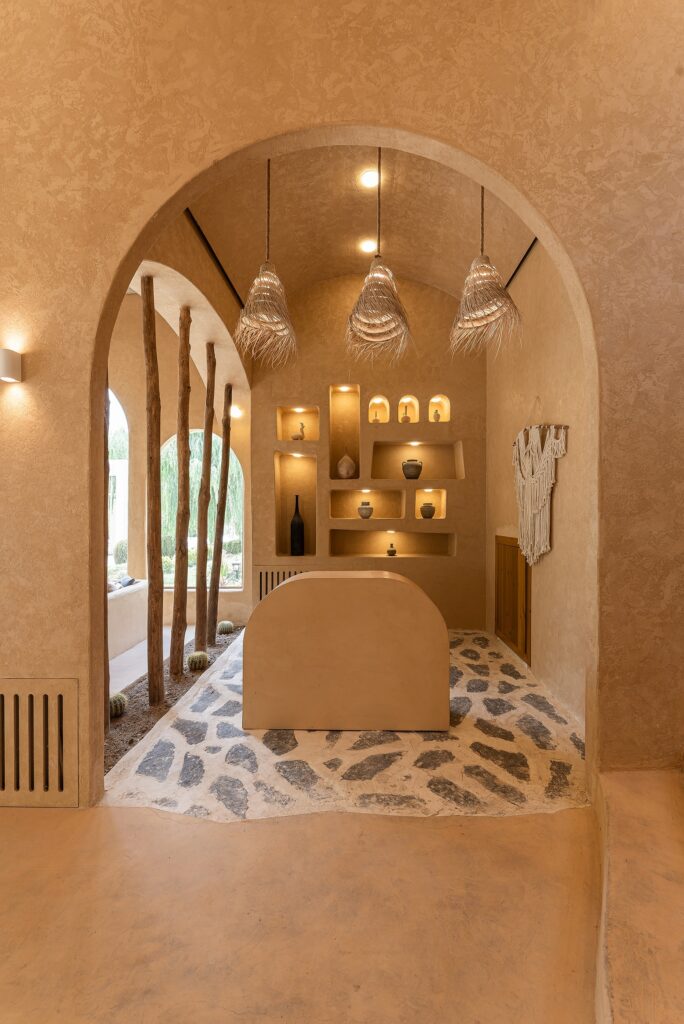
Adjacent to the coffee shop, the redesigned ceremony tent replaced the unsightly reeds with a metal structure, offering a flexible space for various arrangements. Forty-five chandeliers made of mat, paper, and metal adorned the tent’s interior. To maintain the bohemian theme, broad-leaved plants, palms, and cacti were carefully selected and placed beneath the tent, completing the ethereal atmosphere.








